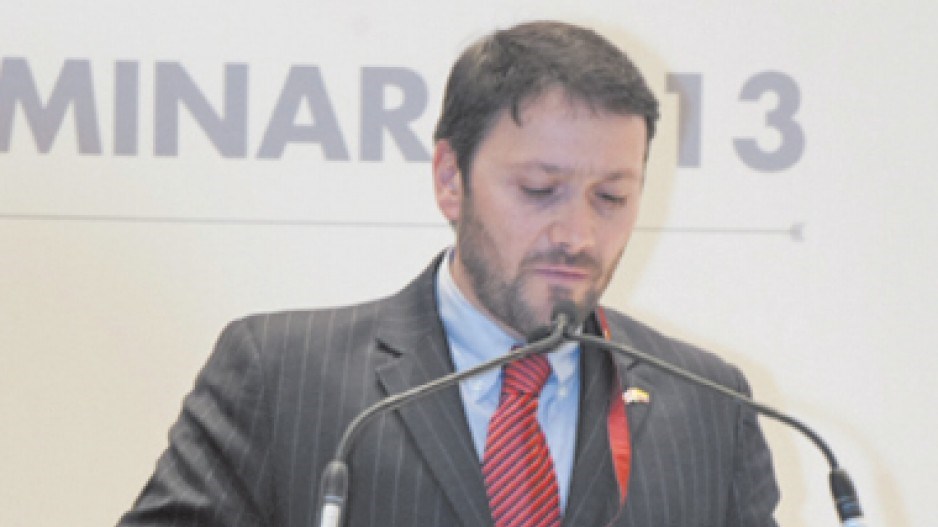Colombia is ramping up its efforts to expand its trade and investment with British Columbia.
Alvaro Concha, Colombia’s trade commissioner in Canada, was in Vancouver recently to announce the country’s third trade representative in Canada. It follows the opening of the commission’s second office in Montreal last year. Concha is based in Toronto.
Over the past decade, Colombian imports to B.C. have nearly doubled to $45.2 million in 2012 from $24.5 million in 2002. B.C.’s contribution to the Colombian-Canada trade relationship has edged up during that time to nearly 7% of all imports from the South American country, which totalled $664.7 million in 2012, up from $393 million in 2002.
Much of Colombia’s trade with B.C. has been fairly concentrated. The bulk of Colombian exports to B.C. consist of coffee and flowers. B.C.’s key exports to Colombia are pulp, cereal grains and vegetables.
Trade has increased partially due to the free-trade agreement (FTA) that was signed in 2008 and came into force in 2011. Concha noted that Colombian exports of goods to B.C. such as flowers, palm oil and apparel have all increased since the FTA was signed.
But while B.C. residents love their Colombian coffee and express their love with Colombian roses and carnations, Concha pitched various opportunities that B.C. businesses and investors could tap to broaden the relationship between Canada and Colombia.
For example, Colombia has provided some generous income tax exemptions to hotel operators, tourism companies, forestry firms, software, renewable energy and other technology companies to diversify its economy and provide higher-value jobs for its relatively young workforce. More than half of Colombia’s population is under the age of 30.
The Colombian government also has an ambitious goal of rapidly improving and expanding the country’s transportation system to make it more competitive. Over the next decade, it plans to invest US$26 billion to build 5,200 kilometres of roads and highways. It’s also spending billions to improve its airports and seaports. Most the investment over the next decade is projected to come from public-private partnerships. The investment opportunity greatly exceeds the $1.7 billion in foreign direct investment Canadians made in Colombia by the end of 2011.
“The P3 projects in Colombia [are] a copy-and-paste of the model of P3s in Canada,” said Concha. “There are a lot of opportunities for Canadian companies and Canadian pension funds to look at Colombia as an investment destination. Infrastructure [development] is happening already and is going to be a boom for the next few years.”




